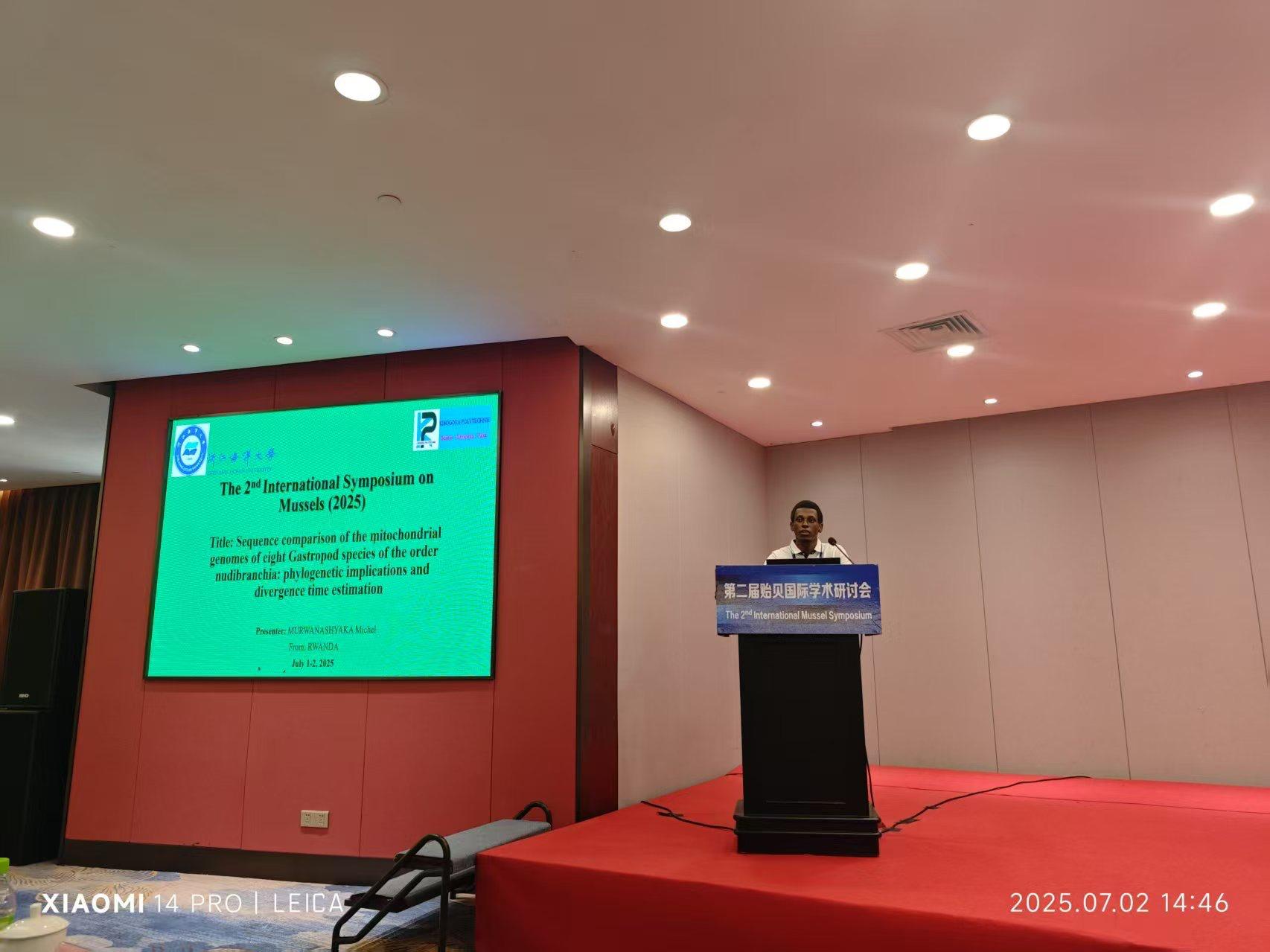Unraveling the Genetic Secrets Behind Fish and Crustacean Coloration
A groundbreaking study published in the Scientific Research Journal of Biology and Life Science has shed new light on the genetic mechanisms responsible for the vibrant colors seen in fish and crustaceans. The research, conducted by Murwanashyaka Michel of Kibogora Polytechnic University and Lihua Jiang of Zhejiang Ocean University, explores how gene and genome duplications drive the evolution of pigment synthesis pathways in these aquatic organisms.
Key Findings:
The study reveals that fish and crustaceans produce their dazzling colors through complex interactions of pigments like melanins, carotenoids, and structural colors derived from guanine crystals. These pigments are synthesized in specialized cells called chromatophores, which include melanophores (black/brown), xanthophores (yellow/red), iridophores (iridescent), and leucophores (white).
One of the most significant discoveries is the role of gene duplication in expanding the diversity of pigmentation. Duplicated genes undergo processes like neofunctionalization (acquiring new functions) and subfunctionalization (dividing ancestral functions), enabling species to adapt to ecological niches. For example, mutations in genes like gart and paics, involved in purine synthesis, disrupt pigment production, while dietary carotenoids are transported into cells via scavenger receptors like scarb1.
Technological Innovations:
The researchers employed advanced tools like CRISPR-Cas9 gene editing and single-cell RNA sequencing to pinpoint genes regulating pigmentation. Computational models further helped decode how environmental cues, such as UV radiation or temperature, influence color patterns through epigenetic changes.
Implications:
This research has far-reaching applications:
-
Aquaculture: Selective breeding for vibrant colors could enhance commercial value.
-
Conservation: Monitoring pigmentation changes may serve as an early warning for environmental stressors like pollution.
-
Biotechnology: Insights into structural colors could inspire biomimetic materials.
The study underscores how genetic diversity shapes the stunning visual diversity of aquatic life, offering a roadmap for future innovations in science and industry.
Read the full paper here
for deeper insights into the genetic artistry of nature’s palette.
- Log in to post comments






